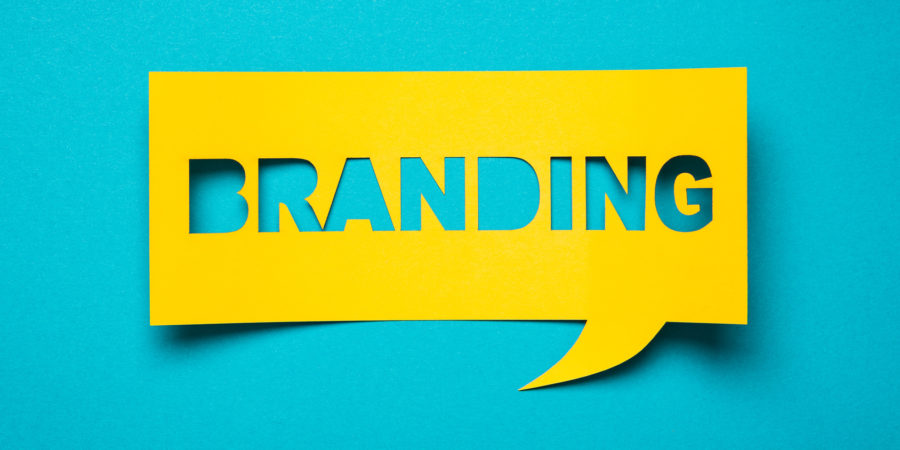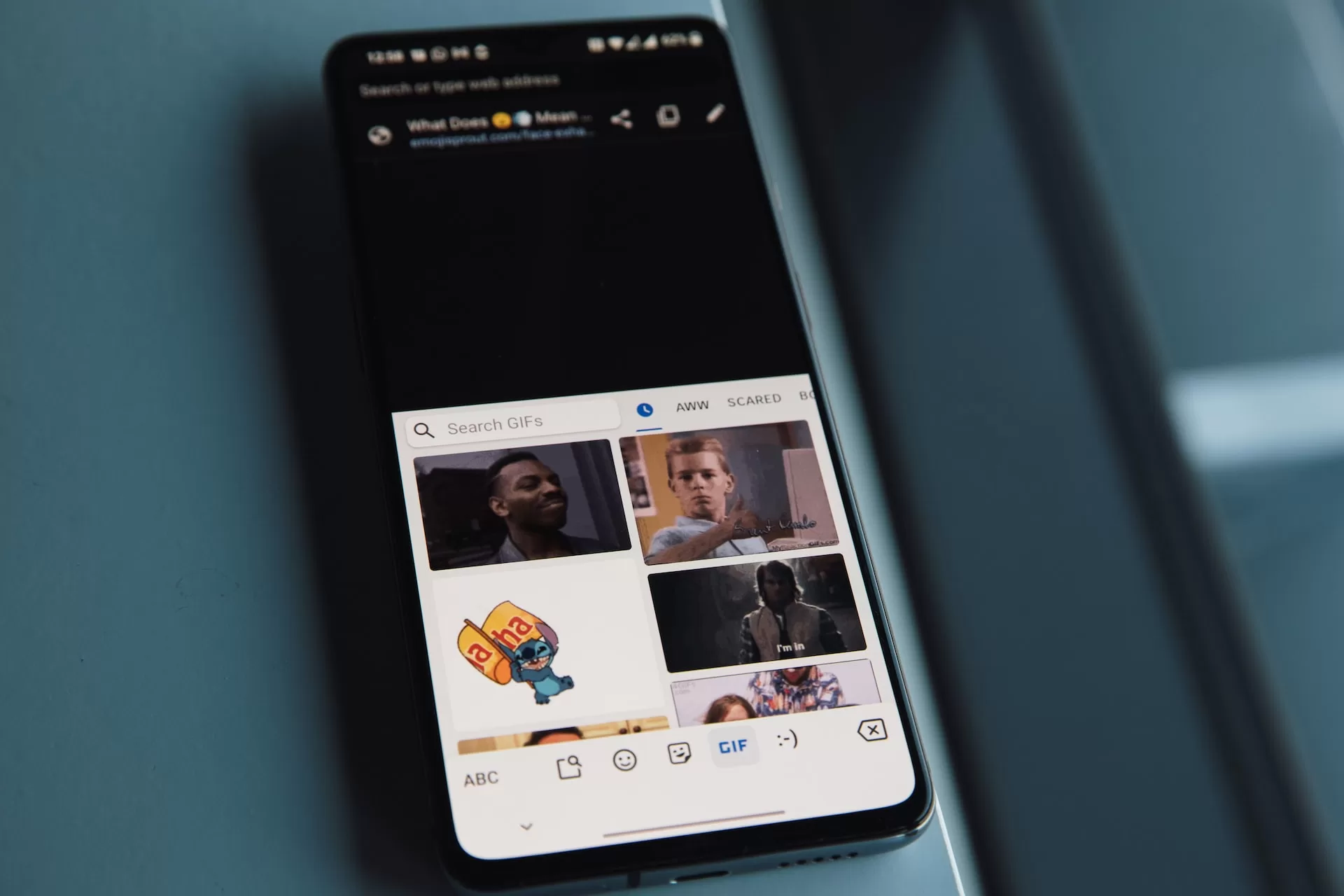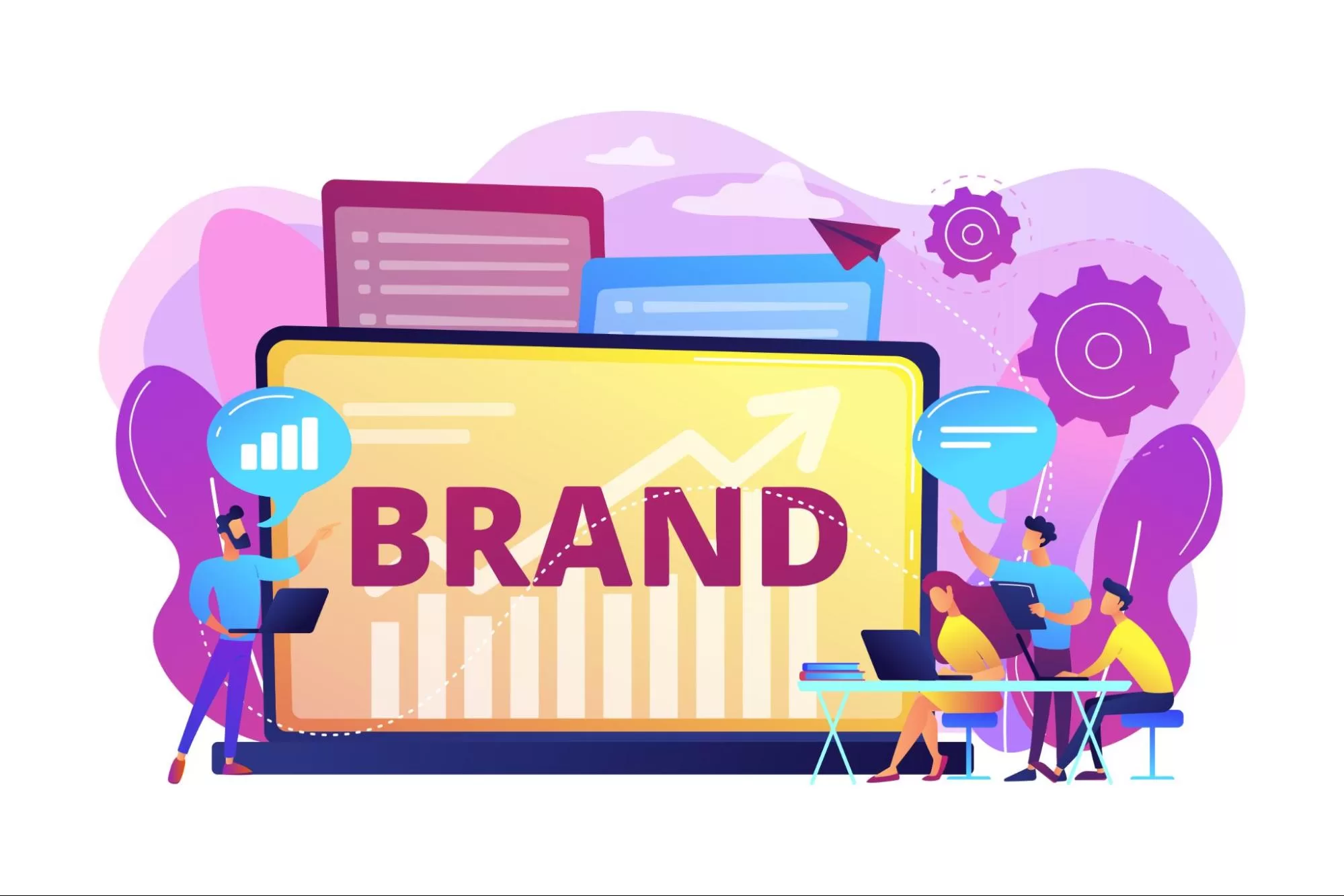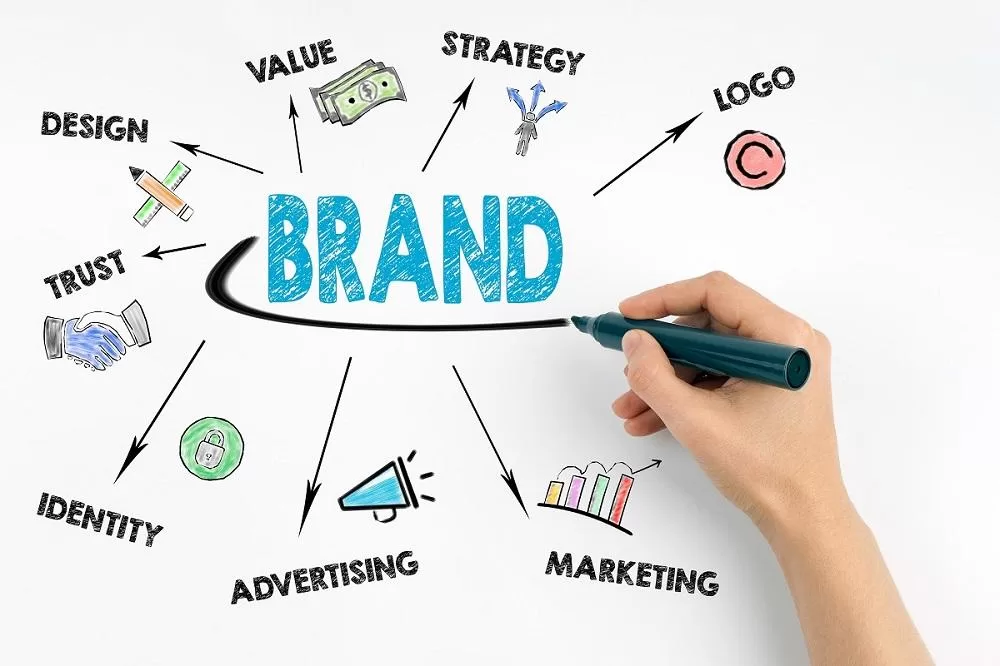A 5-Step Guide to Improving the Brand Image of Your Company
January 2, 2023
Why is Branding so Important for a Family-Owned Business?
December 20, 2022
Branding for Travel and Tourism: How to Do It Right
December 6, 2022
6 Effective Strategies to Boost Your Brand Authority
December 1, 2022









